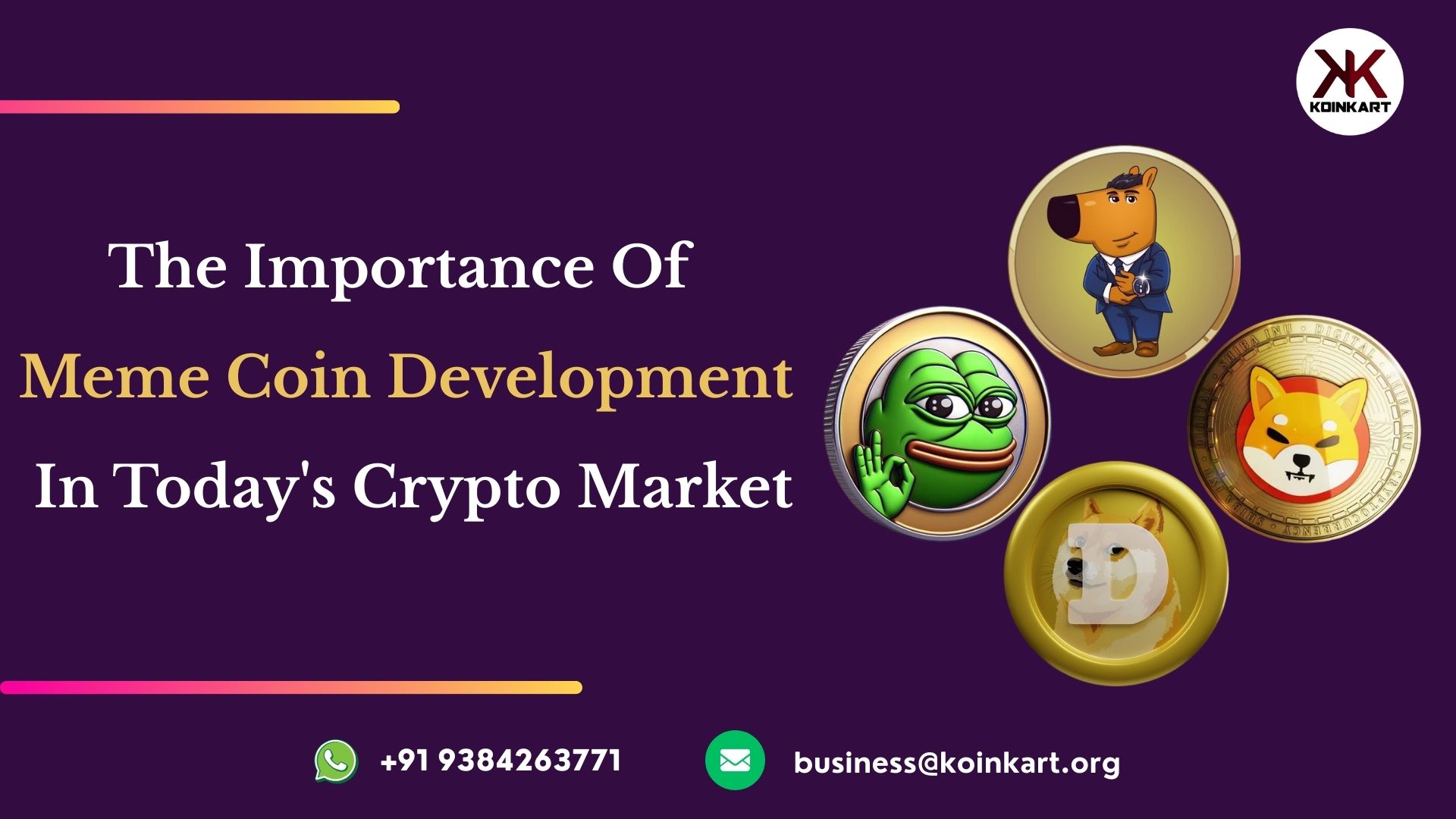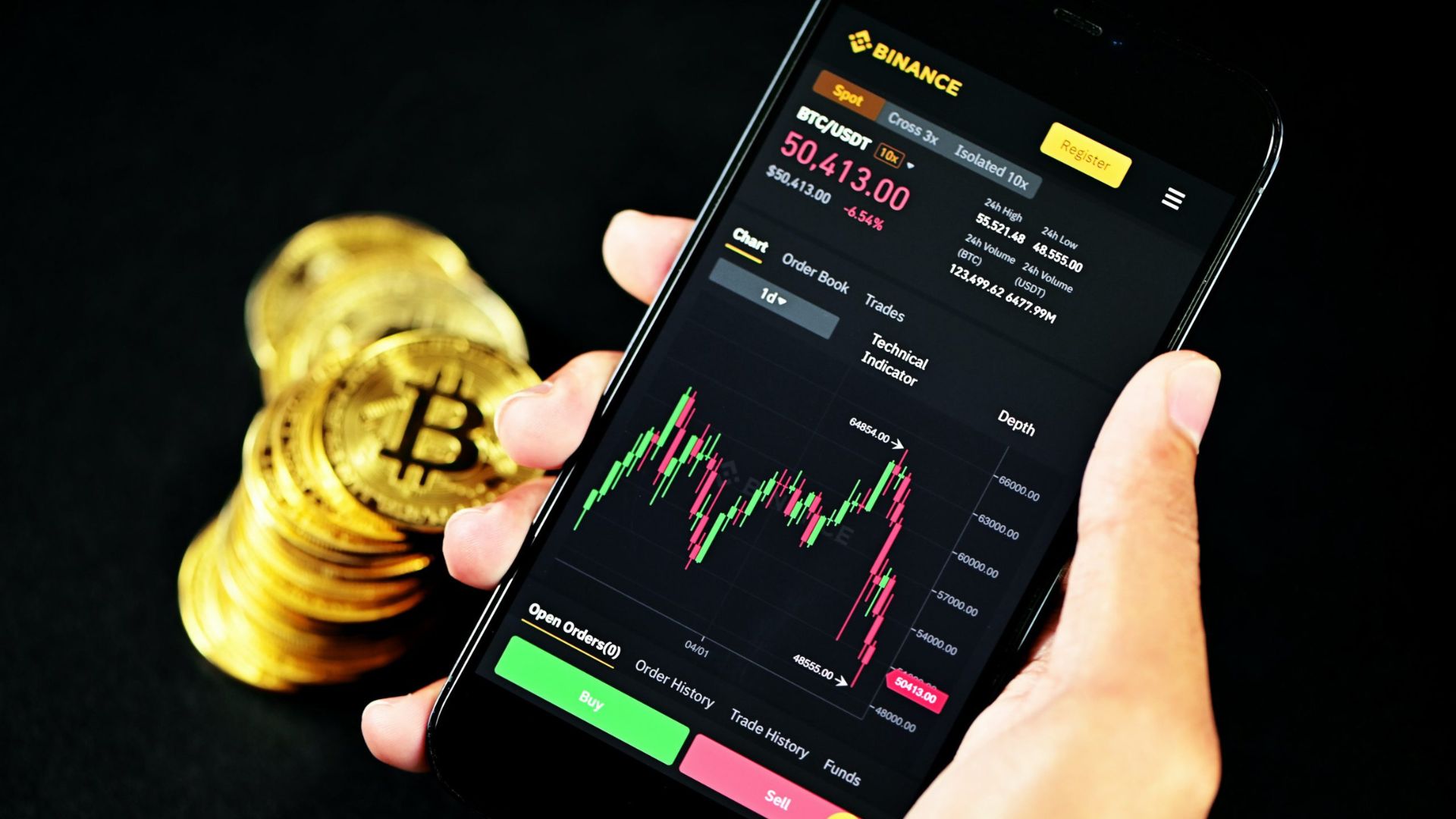Crypto Development Frameworks: Which One Should You Use?

The rise of cryptocurrencies and blockchain technologies has fueled an explosion of innovation in the software development landscape. Whether you're building decentralized applications (dApps), smart contracts, or entire blockchain platforms, choosing the right crypto development framework can be the difference between success and failure. But with so many frameworks available — each with its unique strengths and trade-offs — how do you pick the best one for your project?
✍️ If you’re new to the world of digital money, our in-depth guide on cryptocurrency explains how blockchain works, why Bitcoin matters, and how investors can explore new opportunities while managing risks in this rapidly changing market.
In this article, we'll dive deep into the world of crypto development frameworks. We'll break down what they are, explore popular options, weigh their pros and cons, and give you practical advice on selecting the best framework to bring your blockchain ideas to life.
What Are Crypto Development Frameworks?
At its core, a crypto development framework is a set of tools, libraries, and conventions designed to simplify the creation of blockchain-related applications. These frameworks provide pre-built components for interacting with blockchains, deploying smart contracts, managing wallets, and more. By abstracting complex blockchain protocols and cryptographic functions, they let developers focus on building functionality instead of wrestling with low-level details.
Crypto frameworks often include:
• Smart contract templates and compilers
• Blockchain node interaction tools (APIs, SDKs)
• Testing environments and simulators
• Wallet and key management utilities
• Deployment and upgrade tools
Because blockchain tech is still evolving rapidly, frameworks also aim to reduce development time, minimize bugs, and offer modularity and scalability for future growth.
Why Use a Crypto Development Framework?
You might ask: why not build everything from scratch? While it's possible, frameworks offer distinct advantages:
1. Speed – Enhance development efficiency by using reusable components and ready-made templates.
2. Security – Benefit from community-vetted, battle-tested code reducing risks.
3. Compatibility – Ensure your dApps or contracts work smoothly with popular blockchains and wallets.
4. Maintainability – Use standard patterns that make it easier for teams to collaborate and maintain code.
5. Community Support – Gain access to documentation, tutorials, and peer support.
Considering how complex blockchain development can be, frameworks serve as an essential shortcut to build robust and scalable solutions.
Popular Crypto Development Frameworks Overview
Let's explore some of the most widely used frameworks in the crypto development space. Each offers different features and suits different types of projects.
1. Truffle Suite
Overview:
Truffle is one of the oldest and most established Ethereum development frameworks. It provides a comprehensive suite that includes Truffle (for smart contract development), Ganache (a personal blockchain for testing), and Drizzle (a front-end library).
Key Features:
• Smart contract compilation, linking, and deployment automation
• Integrated testing framework with Mocha and Chai
• Ganache for local blockchain simulation
• Support for multiple Ethereum networks
• Built-in smart contract library management
Pros:
• Mature ecosystem and extensive documentation
• Large community support
• Smooth integration with popular Ethereum tools (e.g., MetaMask)
• Robust debugging and testing tools
Cons:
• Primarily Ethereum-focused (less suited for other blockchains)
• Can be resource-heavy for small projects
• Slower updates compared to newer frameworks
Use Cases:
Ideal for Ethereum-based dApps, DeFi projects, and NFT platforms.
2. Hardhat
Overview:
Hardhat is a newer Ethereum development environment that’s quickly gaining popularity due to its flexible and extensible design.
Key Features:
• Built-in local Ethereum network with advanced debugging
• Flexible plugin system for customization
• Native TypeScript support
• Solidity stack traces and console logging for smart contracts
• Easy integration with existing tools and libraries
Pros:
• Developer-friendly with faster iteration cycles
• Highly customizable and extensible
• Active community and growing plugin ecosystem
• Excellent debugging capabilities
Cons:
• Mainly Ethereum-centric (limited multi-chain support)
• Smaller ecosystem compared to Truffle but catching up
Use Cases:
Perfect for Ethereum developers looking for modern tooling, better debugging, and custom workflows.
3. Brownie
Overview:
Brownie is an Ethereum development framework written in Python, preferred by developers who choose Python rather than JavaScript or Solidity.
Key Features:
• Python scripting and testing environment
• Integration with popular Ethereum tools and wallets
• Support for contract deployment and management
• Compatibility with Web3.py library
Pros:
• Python ecosystem benefits (easy testing, scripting, and automation)
• Intuitive for Python developers
• Good integration with Ethereum testnets and mainnet
• Strong focus on security and testing
Cons:
• Limited support outside Ethereum
• Smaller community compared to Truffle and Hardhat
Use Cases:
Great choice for Python developers working on Ethereum smart contracts.
4. Cosmos SDK
Overview:
The Cosmos SDK is a flexible, modular framework designed to build custom blockchain applications on the Cosmos network, with an emphasis on scalability and interoperability.
Key Features:
• Modular design allowing developers to plug in custom modules
• Support for Tendermint consensus engine
• Built-in governance, staking, and token modules
• Inter-Blockchain Communication Protocol (IBC) support
Pros:
• Enables building custom, scalable blockchains (not just dApps)
• Strong interoperability focus through IBC
• Active and growing ecosystem
Cons:
• Steeper learning curve for developers new to blockchain
• More suited for blockchain builders than dApp developers
Use Cases:
Best for teams aiming to create sovereign blockchains with cross-chain capabilities.
5. Substrate
Overview:
Developed by Parity Technologies, Substrate is a powerful framework for building custom blockchains, powering projects like Polkadot.
Key Features:
• Highly modular with pluggable consensus and runtime logic
• Rust-based development environment
• On-chain upgrades without hard forks
• Built-in support for cross-chain communication
Pros:
• Industry-leading for creating interoperable, customizable blockchains
• Strong security model and performance
• Vibrant developer community and support
Cons:
• Requires proficiency in Rust programming
• Complex setup and tooling for beginners
Use Cases:
Ideal for blockchain projects targeting Polkadot ecosystem or requiring deep customization.
6. Anchor (for Solana)
Overview:
Anchor is a development framework that streamlines smart contract creation on the Solana blockchain, offering Rust-based tools and an intuitive interface for developers.
Key Features:
• Declarative Rust macros for smart contract development
• Client SDKs for JavaScript and TypeScript
• Testing and deployment tools integrated
Pros:
• Greatly reduces complexity of Solana smart contracts
• High-performance blockchain support
• Strong documentation and community support
Cons:
• Specific to Solana blockchain
• Requires Rust knowledge
Use Cases:
Ideal for developers building fast, scalable decentralized applications on the Solana blockchain.
How to Choose the Right Crypto Development Framework
Choosing the right framework depends on several factors related to your project goals, developer expertise, and technical requirements.
1. Target Blockchain Platform
• If you’re building on Ethereum, frameworks like Truffle, Hardhat, or Brownie are natural fits.
• For custom blockchains or interoperability, Cosmos SDK or Substrate is better suited.
• For Solana, Anchor is the leading choice.
2. Programming Language Preference
• JavaScript/TypeScript: Truffle, Hardhat
• Python: Brownie
• Rust: Substrate, Anchor
• Go or other languages might require custom tooling
3. Project Scope and Complexity
• Small dApps or prototypes: Truffle, Hardhat, Brownie
• Large-scale custom blockchains: Cosmos SDK, Substrate
• High-performance DeFi or NFT platforms: Ethereum frameworks or Solana's Anchor
4. Community and Ecosystem
Consider how active the framework’s community is, the availability of tutorials, libraries, and third-party plugins. Larger ecosystems offer faster troubleshooting and more integrations.
5. Tooling and Developer Experience
Choose frameworks with robust debugging tools, testing environments, and deployment automation to streamline your workflow.
Future Trends in Crypto Development Frameworks
The blockchain space is evolving rapidly, and so are development frameworks. Emerging trends include:
• Multi-chain compatibility: Frameworks aiming to support multiple blockchains natively.
• Better developer experience: Improved debugging, hot-reloading, and live testing.
• • Layer 2 and scalability solutions: Frameworks adopting Layer 2 integrations to enable quicker and more cost-effective transactions.
• • Improved security: Growing adoption of automated auditing and formal verification as standard development practices.
• Cross-chain interoperability: Frameworks incorporating cross-chain protocols by default.
Staying updated with these trends will help developers future-proof their projects.
Conclusion
There’s no one-size-fits-all crypto development framework. The decision depends on your project objectives, technical expertise, and the blockchain ecosystem you plan to build on.Ethereum-based projects benefit from mature tools like Truffle and Hardhat, while blockchain builders may prefer Cosmos SDK or Substrate. Solana projects shine with Anchor’s ease of use.
By carefully evaluating your needs against the framework features and ecosystem support, you can select the optimal toolset that accelerates development and ensures your blockchain project’s success.
If you're just starting, try building small prototypes with a popular framework to get hands-on experience before committing to a full-scale project. The right framework will empower you to unlock the full potential of blockchain technology and innovate with confidence.
Note: IndiBlogHub features both user-submitted and editorial content. We do not verify third-party contributions. Read our Disclaimer and Privacy Policyfor details.







